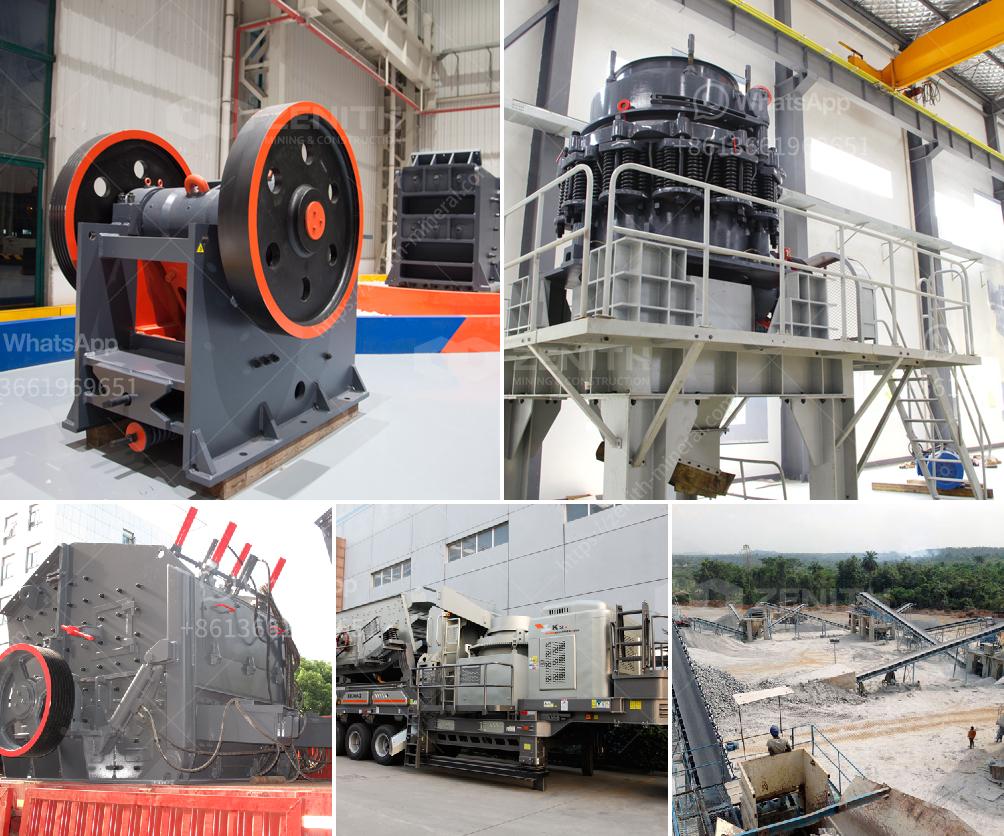A rock crusher plant is designed to convert large rocks into smaller pieces of rock, gravel, or sand, which can be used for various construction and other applications. Here's how it generally works:
Feeding: Large rocks are fed into the crusher via a hopper. This initial stage may include a vibrating feeder that regulates the flow of material into the crusher.
Primary Crushing: The first stage of crushing usually involves a primary crusher, such as a jaw crusher or a gyratory crusher, which crushes the larger rocks into smaller, more manageable sizes.
Secondary Crushing: Once the primary crusher has reduced the size of the rocks, the material is transported—often by conveyor belts—to secondary crushers like cone crushers or impact crushers for further reduction.
Screening: After secondary crushing, the material is passed through vibrating screens to separate it into different sizes. Oversized materials that are too large are sent back through the crushers again until they reach the desired size.
Tertiary Crushing and Fine Tuning: Some plants may have a tertiary crushing stage to achieve even finer material. This stage uses smaller and more precise crushers.
Sorting and Stockpiling: Finally, the crushed rock is sorted and stockpiled. Different grades of material are grouped based on size and type, ready for transportation or further processing.
Throughout these stages, dust suppression systems, conveyor systems, and other ancillary equipment play crucial roles in maintaining efficiency and safety.
Modern rock crusher plants also often include automation and computerized controls to ensure optimal efficiency and reduction ratios.

